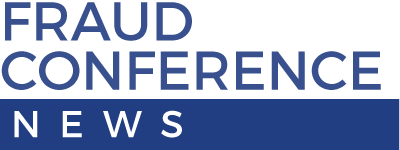Scams, Swindles and Solutions: Improving Payment Scam Reporting
/According to Amanda Compton, CFE, at her breakout virtual session, “Scams, Swindles and Solutions: Improving Payment Scam Reporting,” 96% of people get a scam message at least once a week. Compton strives to make payment systems safer through her work on the payment system improvement team for the U.S. Federal Reserve.
Compton began her session by describing the complexities of an evolving fraud landscape. She noted that 30% of fraud losses reported at financial institutions in 2024 were due to check fraud. She explained that although fewer consumers are using checks, the average amounts in individual checks have increased because more businesses prefer to continue using them. Another fraud threat is mail theft, a common target of organized crime that involves fraudsters posting stolen checks on the dark web.
Technological advancements have made conducting scams easier. Compton described a scam in which fraudsters create fake QR codes and put them in public places to trick people into scanning them and having their information stolen.
To combat fraud and scams, Compton stressed the importance of education. People within an organization and their customers need to be made aware of the fraud scams and trends they’re likely to be vulnerable to. This requires communicating in a way that’s clear and easy to understand.
Mitigating fraud requires accurately classifying types of frauds and scams. Using the FraudClassifier model, fraud examiners can identify a type of fraud that was committed, first by determining whether an authorized or unauthorized party conducted it. Compton also gave examples of how fraud examiners can use the ScamClassifer model to confirm whether a fraud is a scam and how to classify it in the correct scam category. She provided many examples that entail using the models together, including scenarios in which an authorized party is manipulated and an unauthorized party was involved with an unauthorized payment.
Compton emphasized that these models, which are free tools available at FedPaymentsImprovement.org, can improve mitigation strategies and allow companies to enhance their scam and fraud reporting to better protect and educate their customers.



